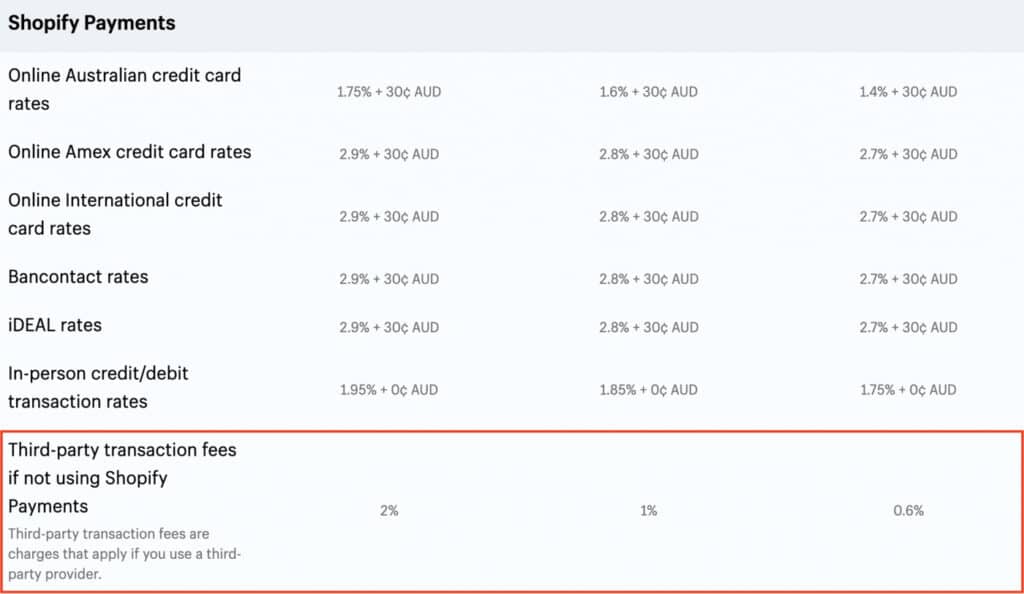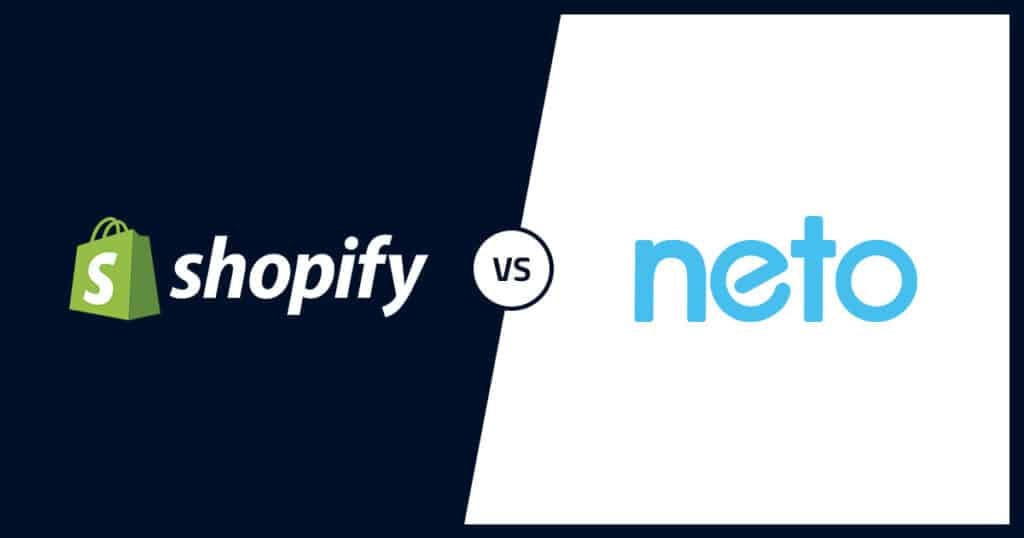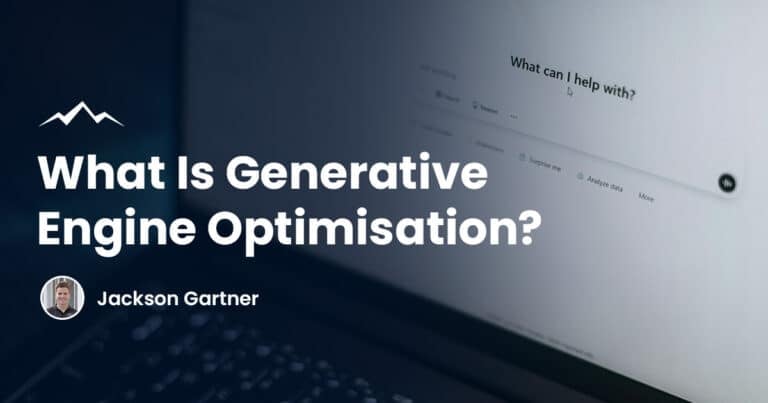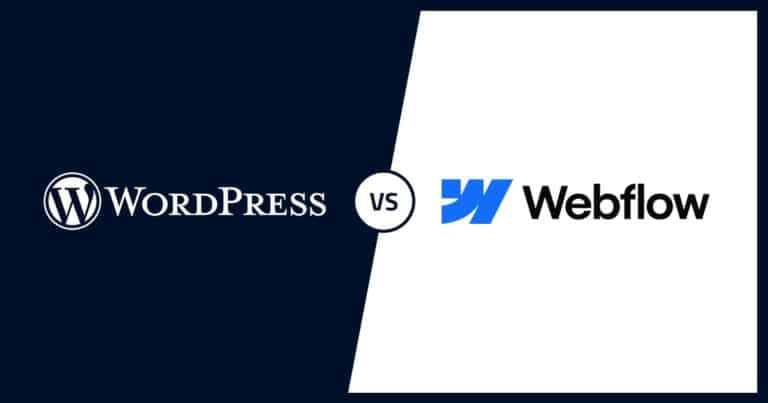Shopify vs Neto… To start I will say that I have worked with both of these content management systems (CMS) extensively as a website developer and the decision between both is a hard one to make especially if you are a local Australian eCommerce business on the verge of scaling up.
Neto and Shopify both work very well but have specific use cases where they are at their best and using one of these platforms over another at the wrong time could potentially hinder your business.
This is why I wanted to write this article, as someone who has worked with many clients who are on both Shopify and Neto but also clients that have moved from one to the other.
I wanted to share the information I have learned about these two platforms and what to look out for when making the decision between Shopify vs Neto.
Shopify
Pros
- Easy to maintain and use
- Massive 3rd Party Integration Library (Apps)
- Lots of documentation and online support
- Multi-channel selling possibilities
- Cheaper than Neto
- Great looking templates
- Hosts its own websites
David Beckham Eyewear, Kylie Cosmetics and Red Bull are all brands you have probably heard of right? And you guessed it, their websites all run on Shopify.
These positives listed above are Shopify’s bread and butter. Shopify is an easy-to-use system that any start-up can maintain themselves and doesn’t cost an arm and a leg to get going.
But an easy-to-use system comes quirks, the good news is that third-party apps can fill in for these quirks, the bad news is that these usually cost more money.
Cons
- Cannot use product dimensions by default for shipping (only weight)
- Very limited by the theme for what’s capable with the design of your website
- Most theme sub-pages are very basic (so you’ll likely need a Shopify developer to help customise your website heavily)
- Not great for B2B
- Expensive third-party apps available
- Additional fees (see below)
This is the one thing I don’t like about Shopify. Shopify charges an additional transaction fee depending on your plan if you use another payment gateway like Stripe or Square.

1.7% + A$0.30 is the transaction rate for Stripe, add the 2.0% onto that and now 3.7% of every transition on your Shopify store is being taken away by these platforms.
This essentially forces you to use Shopify Payments for your checkout which charges a flat 1.75% + A$0.30.
To be fair to Shopify they don’t hide this in their pricing list but there are still plenty of users that get this unpleasant surprise after going live with their website.
Margins are a very sensitive thing and the more and more you look over fees like this you will realise that your profit will get lower and lower.
So, this is something you need to be wary of and I tell this to every client that is thinking about moving to Shopify and some even disregard the system after finding out this information.
And now we have my least favourite part of the Shopify platform, third-party apps. Personally, I am very discouraged by the direction apps are taking and the future I see for them. My biggest pet peeve? Apps that take a percentage cut from every transaction.
Let’s say we are using Stripe as a payment gateway and now I have installed 2 apps that take a 1% cut from my transactions. Now 5.7% of every purchase made on my Shopify store is being taken away paying for Shopify and App fees.
Neto
Pros
- Very scalable and customisable
- All-in-one system
- No transaction fees
- Sales channels directly integrated
- Australian based company
- Great inventory management system
- More product fields than Shopify
- Dedicated support team included in monthly fee
Cons
- Without coding experience you’ll need a Neto designer to set up the majority of the website
- Fewer third-part applications
- Quite expensive for a start-up
Neto is a great content management system, the only major downside being the upfront costs of developing a Neto website.
This is because if you don’t have coding experience with Neto you will need to work with a development partner to setup your website.
The benefits of this is having an all-in-one system that handles all of the hard work involved in eCommerce for you so that you can focus on your business.
The Bottom Line
Shopify vs Neto… who’s the winner?
Are you a eCommerce start-up or small business looking to start selling quickly and easily while looking to keep website costs to a minimum? Go with Shopify.
Are you an eCommerce veteran that is looking to streamline your ordering and shipping process? Are you looking to sync your products to wholesalers and get live product feeds straight to your store? Are you looking to reduce your reliance on 3rd party applications and trust the system you invest in? Go with Neto.
Choosing the right eCommerce platform for your business is incredibly important, thankfully eCommerce website design is one of our specialities here at White Peak Digital so if you’d like to find out more about Neto and Shopify please don’t hesitate to get in touch with our team.
Alternatively, if neither of these feel right to you may want to check out our web design Brisbane solutions for more options and advice.




